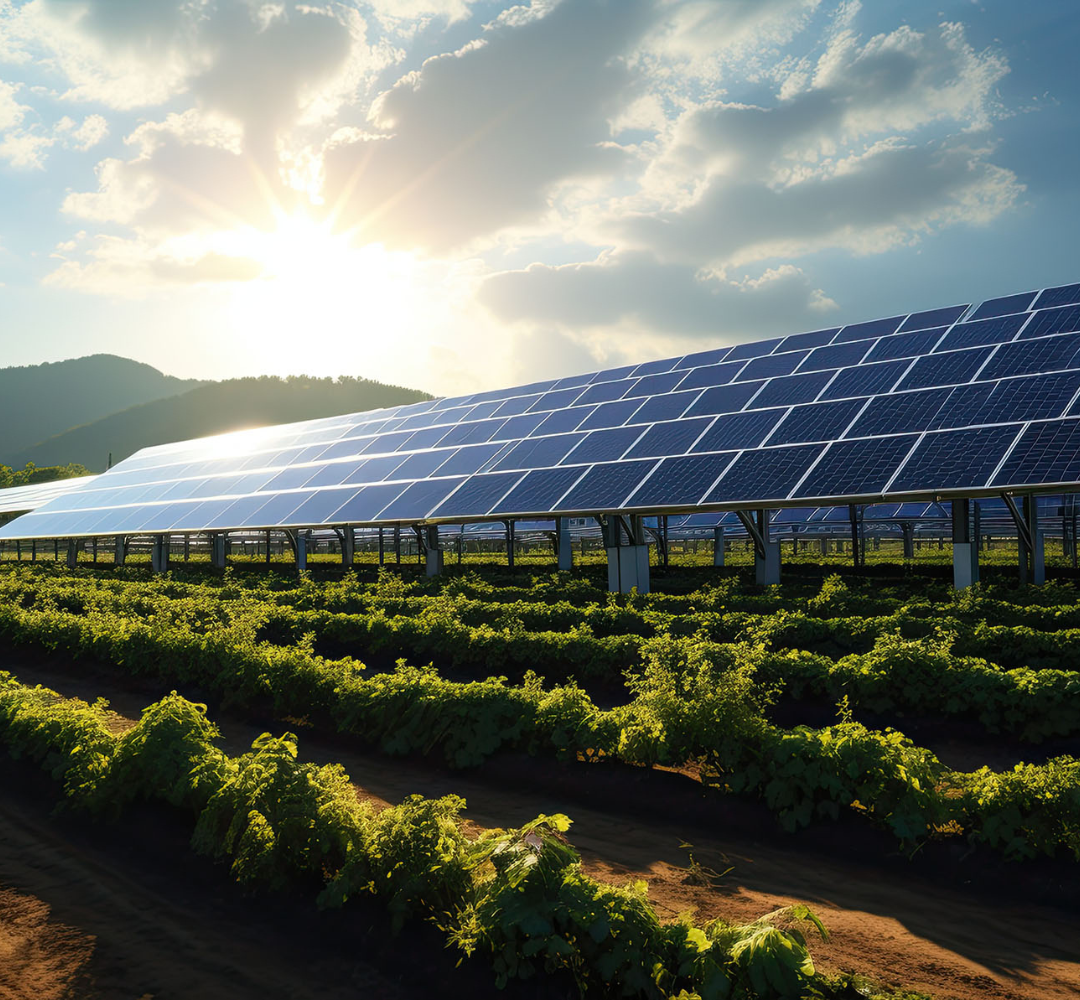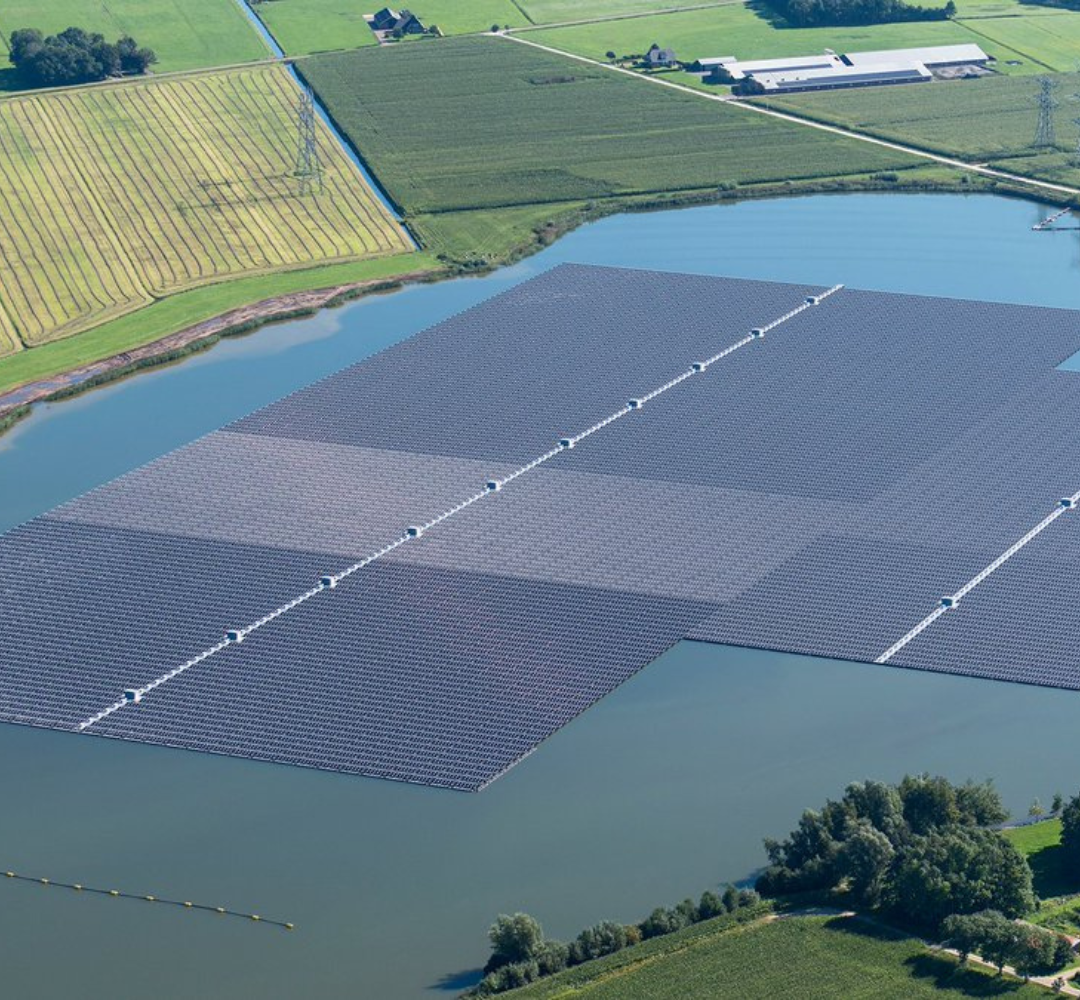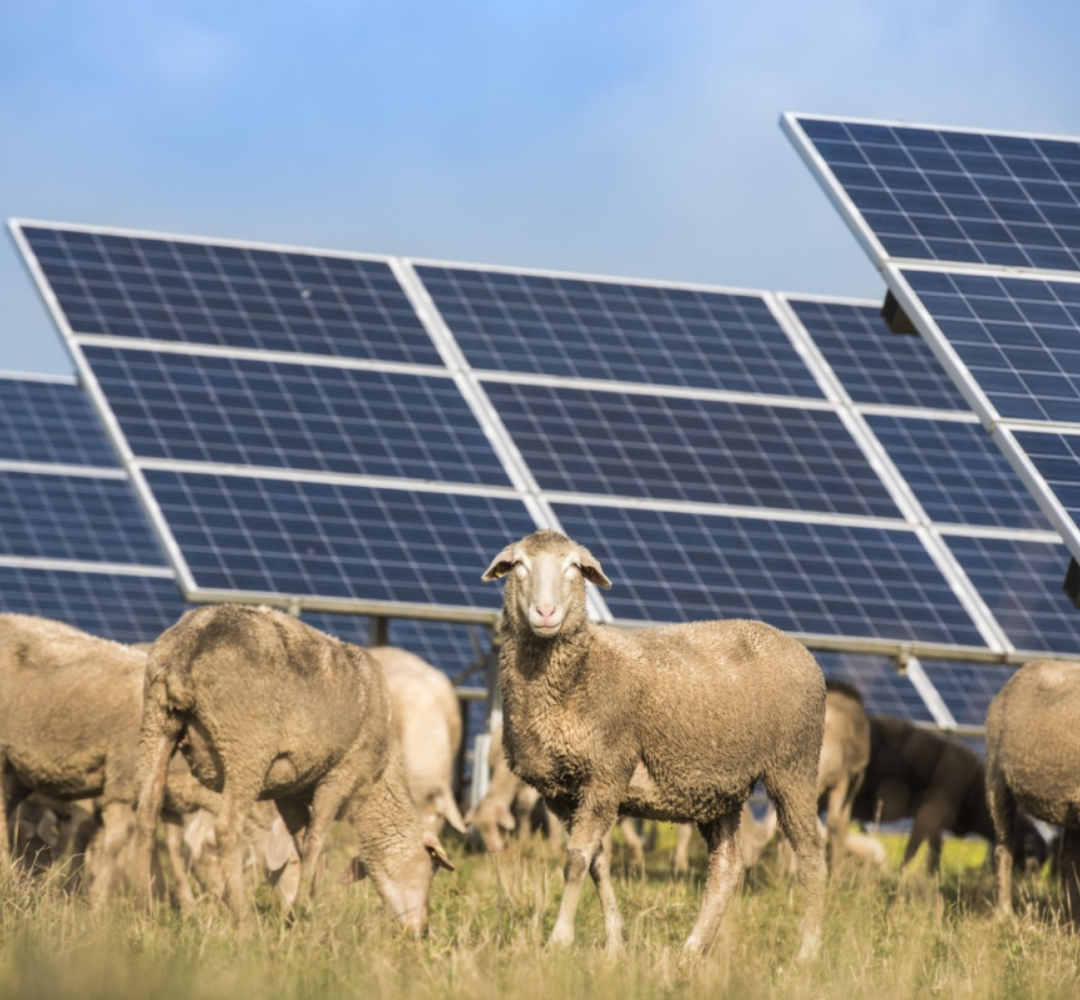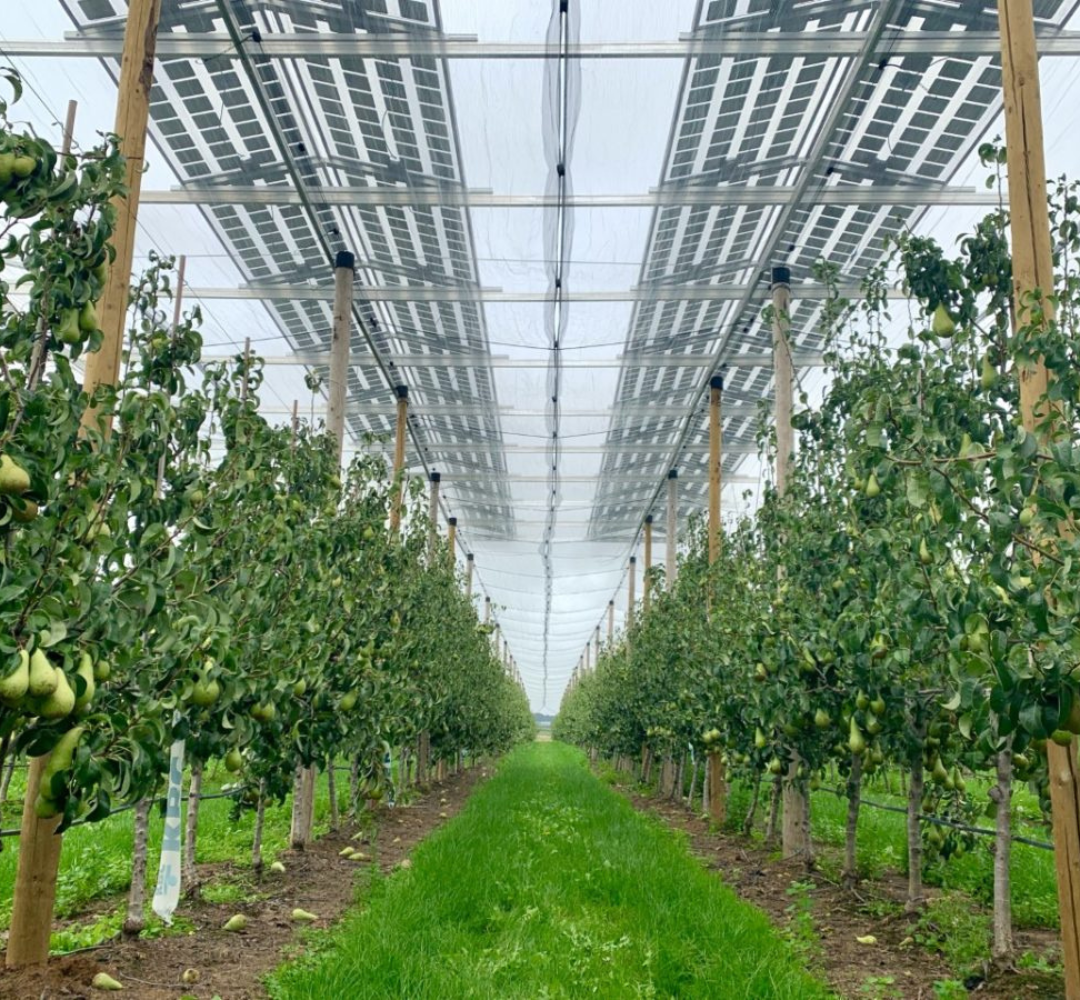A Comprehensive Introduction to Agrivoltaics
In recent years, with the rapid development of renewable energy, photovoltaic power generation technology has become increasingly mature. It has not only gained popularity in urban areas, but also begun to be widely applied in rural regions. Among these, the agrivoltaic model has attracted particular attention, becoming an important way to promote sustainable agricultural development.
What is Agrivoltaics?
Origin of Agrivoltaics
Agrivoltaics, also known as PV-agriculture integration, originates from the idea of coexistence of solar energy conversion and crop cultivation proposed by Goetzberger et al. in 1982. It was not until 2011 that projects began to be implemented on a global scale, and it has since developed to a certain scale.
production on the same piece of land, achieving dual use of the land, and emphasizing the mutual influence, competition and symbiotic relationship between photovoltaic power generation and agricultural production.
In addition to Agrivoltaics, there are three other main types
1. Forestry-PV: Forestry-PV is a distinctive afforestation model that fully utilizes the sufficient space created by the height difference of over 2 meters between the photovoltaic array and the ground, vigorously developing the planting of economic shrubs, organically combining photovoltaic power generation and forestry development, and realizing the three-dimensional value-added utilization of the land.

2.Fishery-PV: Floating photovoltaic power stations are installed above the water surface, generating electricity without affecting aquaculture production. The photovoltaic array can also provide good shading for fish farming, forming a new power generation model of "power generation above and fish farming below".

3.Livestock-PV: The project starts from the needs of the livestock industry, utilizes natural resources in a cyclic manner, with the upper layer for photovoltaic power generation and the lower layer for livestock farming, applying photovoltaic power conversion to the construction of breeding farms, realizing the three-dimensional value-added utilization of the land, and building a modern and efficient agricultural integrated economic entity.

Application Scenarios of Agrivoltaics
The integration models of agricultural production and photovoltaic power generation are also diverse, among which the main ones are as follows:
1.Facility Agriculture: Installing photovoltaic panels in greenhouses, greenhouses and other facility agriculture to provide electricity for agricultural production, while reducing energy consumption costs. The space under the photovoltaic panels can be used to grow high-value crops such as vegetables, fruits and flowers, increasing yield and quality.

2.Animal Husbandry: Installing photovoltaic panels on animal husbandry sheds to provide clean electricity for animal husbandry, reducing operating costs. The space under the photovoltaic panels can be used for raising poultry and livestock, improving the efficiency of animal husbandry.
3.Agricultural Irrigation: Applying photovoltaic technology in agricultural irrigation systems to provide power for pumping stations and irrigation facilities, reducing energy consumption. At the same time, the photovoltaic panels can absorb sunlight and reduce soil moisture evaporation, thereby reducing soil salinization.
4.Rural Residential Electricity: Installing photovoltaic panels on the roofs of rural households to provide clean electricity for families and reduce electricity costs. The revenue from photovoltaic power generation can help rural residents become prosperous.
What are the Advantages of Agrivoltaics?
The agrivoltaic model achieves efficient integration of agricultural production and photovoltaic power generation, and has multiple advantages in terms of energy supply, economic development, and environmental protection:
1.Efficient Utilization of Resources: In the agricultural production process of agrivoltaic projects, idle farmland, greenhouses, etc. are used to install photovoltaic equipment, which can generate electricity while ensuring normal agricultural activities. The space under the photovoltaic panels can be used to grow crops, realizing the full utilization of land resources.
2.Green Development: Agrivoltaic projects help reduce rural dependence on traditional energy sources and reduce carbon emissions, contributing to China's carbon neutrality goal. At the same time, the photovoltaic panels can absorb sunlight and reduce soil moisture evaporation, thereby reducing soil salinization.
3.Significant Economic Benefits: The photovoltaic power generation system can reduce the energy consumption costs of agricultural production, bringing stable income to farmers. At the same time, the shaded environment under the photovoltaic panels is conducive to crop growth, improving yield and quality.
4.Reduced Grid Burden: Distributed photovoltaic power generation can be consumed locally, reducing the burden on the centralized power grid.
5.Rural Revitalization: Agrivoltaic projects help drive the adjustment of the rural industrial structure, increase farmers' income, promote rural economic development, and contribute to rural revitalization.
Why Promote Agrivoltaics?
In the face of global energy shortages and serious climate change threats to economic development and people's health, all countries in the world are seeking new energy replacement strategies to achieve sustainable development and gain a favorable position in future development.
Agrivoltaics is an Inevitable Trend of Social Development
First, it helps alleviate the problem of energy shortage. Using solar energy, a renewable energy source, for power generation helps reduce dependence on traditional energy sources and ease the energy shortage situation.
Secondly, the agrivoltaic model helps promote the transformation and upgrading of the agricultural industry. It combines photovoltaic power generation with agricultural production, driving the modernization and green development of agriculture, and better meeting the growing demand for high-quality agricultural products.
In addition, the agrivoltaic model is also conducive to environmental protection and emission reduction. It reduces the carbon footprint of agricultural production, contributes to the realization of the goal of carbon neutrality, and promotes the sustainable development of the economy and society.
Summary
The agrivoltaic model holds tremendous potential for future development. As the underlying technology continues to advance and costs decline, photovoltaic power generation will become increasingly mature and widespread, providing a broader foundation for the application of agrivoltaic systems. Driven by the growing public demand for green, low-carbon lifestyles and heightened environmental awareness, not only will the agrivoltaic model see increasing adoption, but a wider range of integrated models combining agriculture with photovoltaics will also emerge and gain greater acceptance
The diverse "N+photovoltaic" paradigms, where N represents various agricultural or industrial activities, will be embraced by more and more stakeholders.